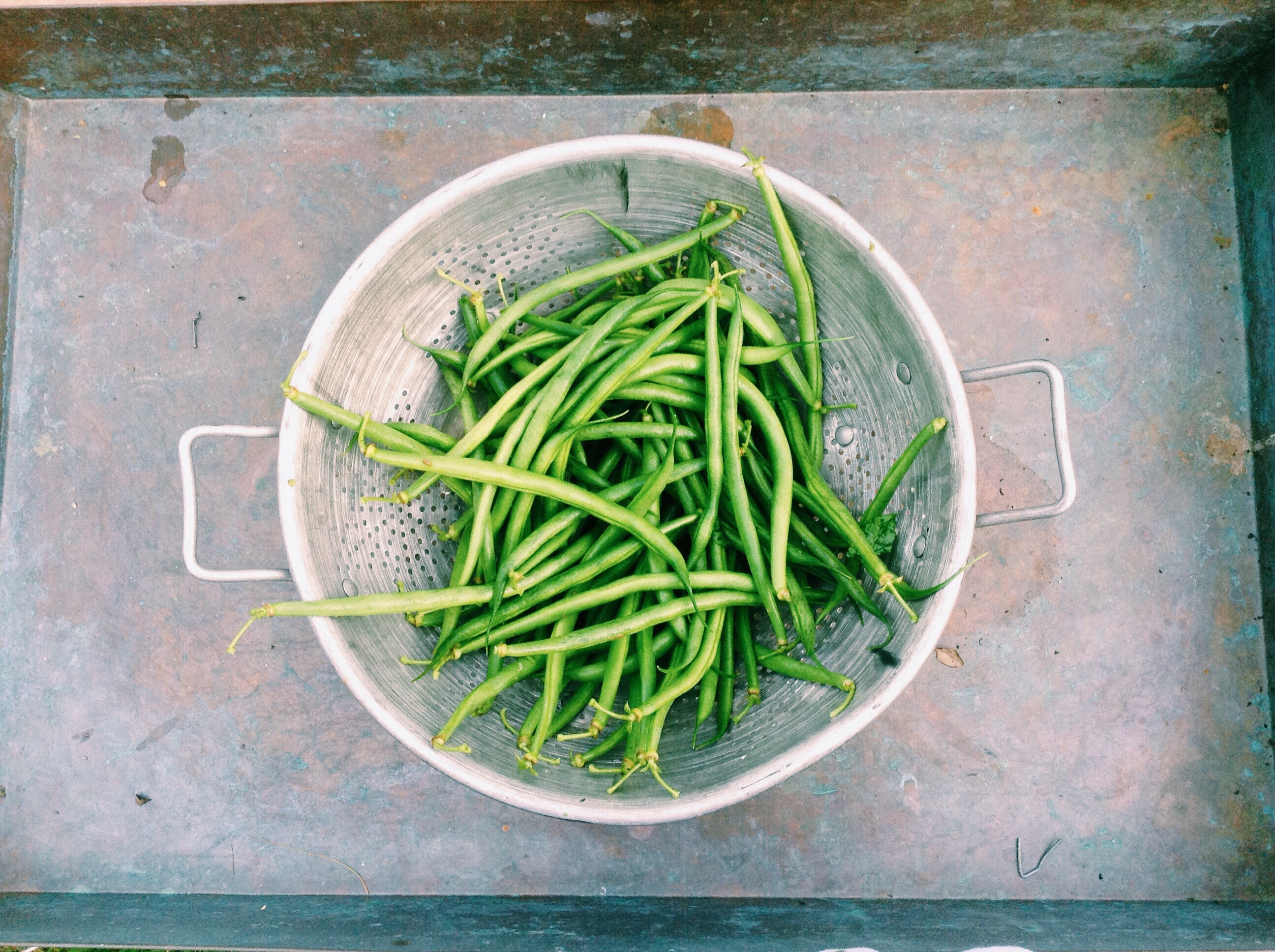Blog

The Biophilic Mind: Garden for your Health
Now that we are in the last trenches of winter, I have turned my eye to an unlikely place—the garden. Imagining the pleasure of picking a fresh pepper from my garden in the late summer gets me through these weeks of cold and snow, so when I read this 2018 Journal of the Academy of Nutrition and Dietetics study on the benefits of a gardening intervention, I knew I had to share it!
First things first—what is an intervention? An intervention is a study design in which one group of people receive some kind of treatment and another group does not receive the treatment (called the treatment/experimental group and the control group, respectively). As long as the treatment and control groups were similar in health to start, comparing the outcomes of the treatment group to the control group can tell us whether the intervention worked. This is because the intervention applied to the treatment group is the only thing that is different between the groups!
The study used a sample of Alabama cancer survivors in its gardening intervention. In this study, 46 participants were randomly assigned to one of two groups. The first group received the garden treatment immediately, receiving a professionally installed raised garden bed, garden supplies, a gardening mentor, and access to a private Facebook group with other participants as a forum to troubleshoot together. The other group did not receive a garden in the first year, but instead received it after the data had been collected—this is called the waitlist-control group, which refers to the fact that the control group received the potentially helpful treatment after acting as the no-treatment control group. This allows for the control group to eventually receive the benefits of a garden after serving as the control group.
Before garden installations, all participants completed a comprehensive survey about their dietary habits and physical activity and had their waists measured (a commonly-used marker of obesity).
Participants in the treatment group had their gardens and access to gardening assistance for a full year, after which all participants completed the same survey and waist measurements once again.

What were the biggest findings from the study?
First, participants in the treatment group increased their fruit and vegetable consumption over the year, but there was no change in consumption within the control group. And interestingly, although the waist circumferences of both groups increased over the year, this increase was lower in the treatment group (a 2.2 cm increase) than the control group (an 8 cm increase).
These are promising findings! However, we should always approach studies like this with caution—first, the sample size was very small (only 24 people in the treatment group) and not very representative of the population in general (they were mostly female, highly educated, and had an average age of 70). Second, the authors note that they did not find group differences on many of the other outcomes they measured (for example, there were no group differences in inflammation or physical performance), suggesting that the benefits of gardening might be small or limited. Finally, those receiving the garden intervention also received a lot of social support through the Facebook group, so it is possible that the benefits seen were due to social support instead of gardening.
The good news is that the authors are currently working on a replication of this study in a much larger sample of over 400 participants to see if these fruit and vegetable consumption and waist circumference benefits hold! I can’t wait to see what they find!
Photo credits: Pixabay users StockSnap, herbert2512, and SnapwireSnaps

